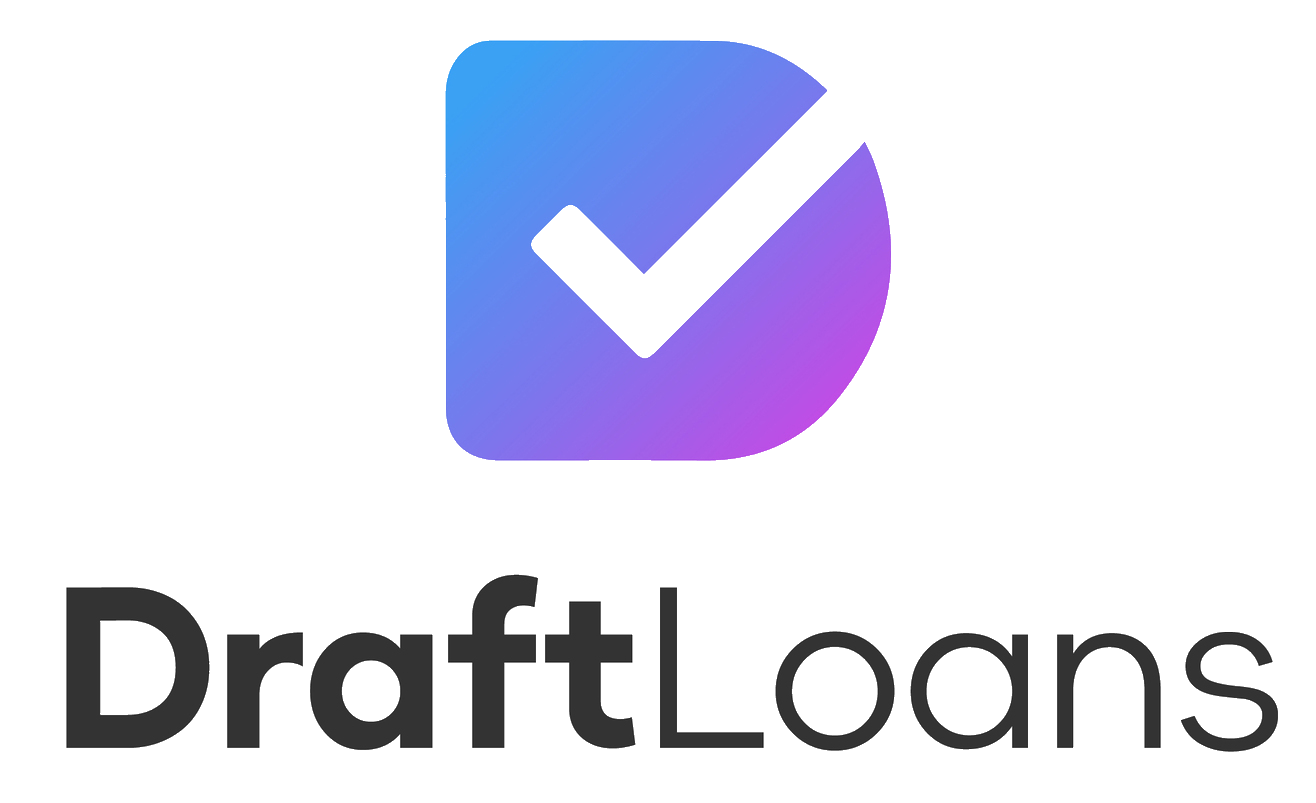Navigating the complex world of personal finance can often be daunting. Every decision, from choosing a credit card to taking out a loan, is underpinned by many considerations. One common query many consumers have revolves around the types of credit available and how each can fit into their unique financial landscape. This leads us to the distinction between instalment and revolving credit and where payday loans work in this matrix. In this in-depth exploration, we’ll break down the nature of payday loans, their place in the American financial system, and the intricacies of credit types to clarify this critical financial tool.
If you’d like help with money, you can apply for a payday loan with us.
Payday Loans: Instalment or Revolving Credit?
Instalment Credit: This type of credit involves borrowing and repaying a specific amount of money over a predetermined period in fixed, regular payments. Mortgages, car loans, and student loans are common examples. The primary characteristics are the predetermined loan term and the selected payment amounts, including the principal and the interest.
Revolving Credit: Here, consumers have a credit limit and can borrow any amount up to this limit. The available credit replenishes as they repay, and they can borrow again. Credit cards are a classic example. There’s no fixed end date; minimum payments can vary based on the amount utilised.
Given the above definitions, payday loans are instalment credits. They’re short-term loans meant to be repaid in full by the borrower’s next payday, with fixed repayment terms.

The Role of Payday Loans in America
Often seen as the go-to solution for unexpected financial emergencies, payday loans have carved out a niche in the U.S. financial system. They address the immediate cash needs of many Americans, acting as an economic buoy in choppy waters. While they’re not a one-size-fits-all solution, their speed, accessibility, and predictability make them an attractive option for those facing short-term financial crunches.
Legal Landscape of Payday Loans in America
As with most financial tools, payday loans come with their own set of regulations. These rules, which vary by state, have been established to strike a balance between consumer protection and the availability of credit. While they’re embraced as crucial financial tools in some states, others have curtailed or prohibited their use due to concerns about consumer well-being. This patchwork of regulations reflects the broader debate about payday loans and their place in the financial ecosystem.

If you’d like help with money, you can apply for a payday loan with us.
Frequently Asked Questions
How much can I borrow with a payday loan?
Individual lenders and state regulations define the boundaries of payday lending. Typically, amounts range from $100 to $1,000. But remember, borrowing should align with repayment capabilities.
What are the typical fees associated with payday loans?
Fees are the price tag for the convenience and immediacy payday loans offer. They can be flat or percentage-based. Constantly scrutinise the fine print to grasp the total cost.
Can I roll over my payday loan if I can’t pay it back in time?
Not all states permit rollovers. It’s essential to familiarise oneself with state regulations and promptly communicate repayment concerns to the lender.
Are online payday loans safe?
Online transactions, while convenient, require due diligence. Ensure the lender’s credibility, check for secure transaction protocols, and always protect personal information.
What happens if I default on my payday loan?
Defaults can lead to additional fees, increased interest rates, or legal actions. Open communication with the lender can sometimes lead to alternative arrangements or solutions.
If you’d like help with money, you can apply for a payday loan with us.
Conclusion
Understanding the nuances of payday loans, especially in the broader context of instalment and revolving credit, equips individuals to make informed decisions. In the ever-evolving financial landscape of America, knowledge remains the most potent tool.

